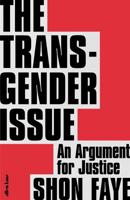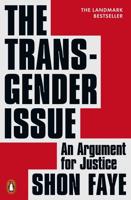Publisher's Synopsis
Cultural diversity policy in higher education requires detailed knowledge of the groups in question, guiding principles, and insight into universities as complex ecological systems. The integration of these elements becomes the basis for proposing a variety of changes whose enactment would transform the university as we now know it.
Across North America, making a comfortable place for ethnic minority students in higher education has become a hot topic. Known as cultural diversity or educational equity, this trend will likely play an important role in higher education over at least the next decade, especially in light of on-going demographic changes that will see Whites lose their population majority. The result has been a growing literature, the thrust of which is that policy and programming must be based on respect for difference. This value is necessary, but not sufficient to adequate planning and implementation of diversity policy and, by itself, may give rise to practice that is as likely to be harmful as helpful.
This book highlights and explores three additional elements judged crucial to diversity policy. First, clearer understanding of major ethnic minority groups; second, first principles upon which diversity policy should be grounded; and, third, insight into the university as a complex ecological system. Out of the integration of these elements emerges proposals for a variety of policy and programmatic changes that give substance to cultural diversity policy. In turn, full realization of diversity policy would involve the transformation of higher education as we now know it and, together with like policies in other areas, help to create the pluralistic society of the 21st century. An important professional tool for administrators and faculty in higher education.










